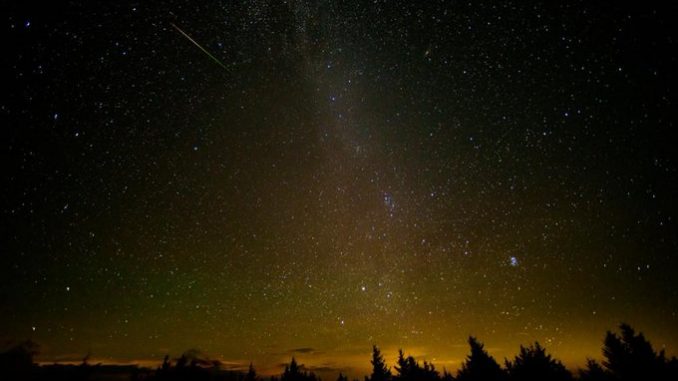
According to NASA, the celestial show is associated with the 109P/Swift-Tuttle comet that orbits the sun once every 133 years. Each August, the Earth “passes through a cloud of the comet’s debris. These bits of ice and dust — most over 1,000 years old — burn up in the Earth’s atmosphere to create one of the best meteor showers of the year.”
The shower will likely be most visible between 2 a.m. and dawn (local time) the morning of August 12. Find a dark spot, avoid bright lights (yes, that includes your phone) and get acclimated to the night sky.
If you’re not an early bird, you can try and take a look soon after sunset (around 9 PM) on the 11th, though you may not see as many Perseids then.

























